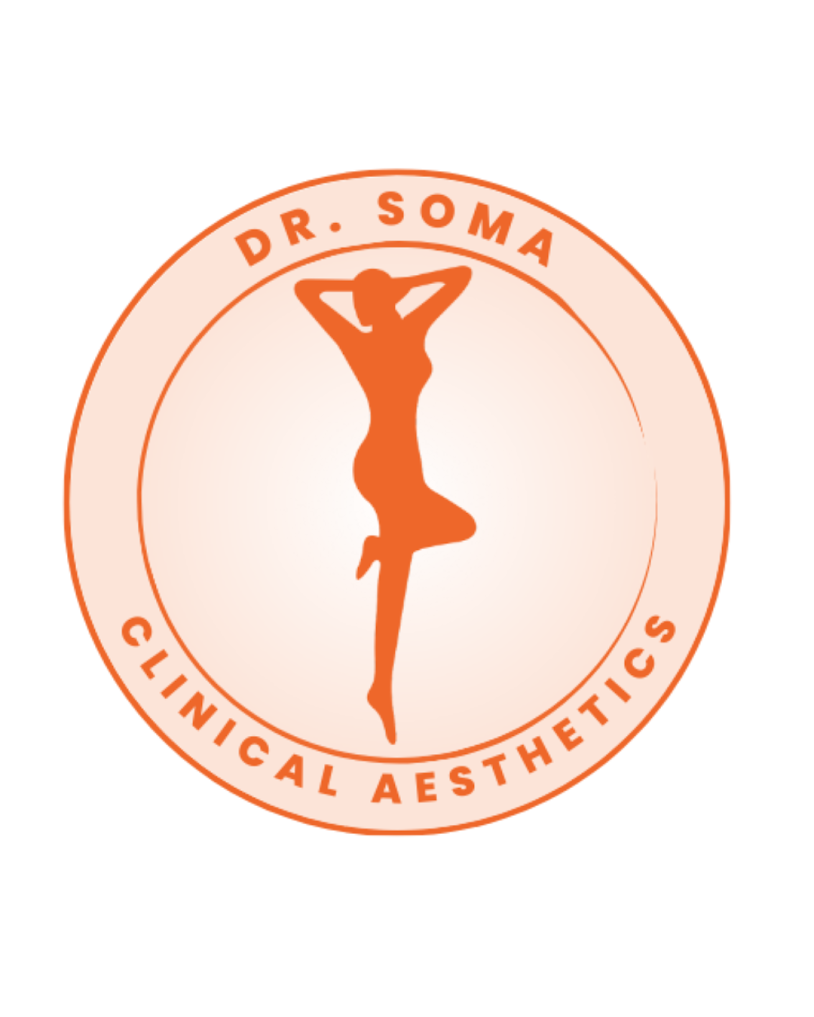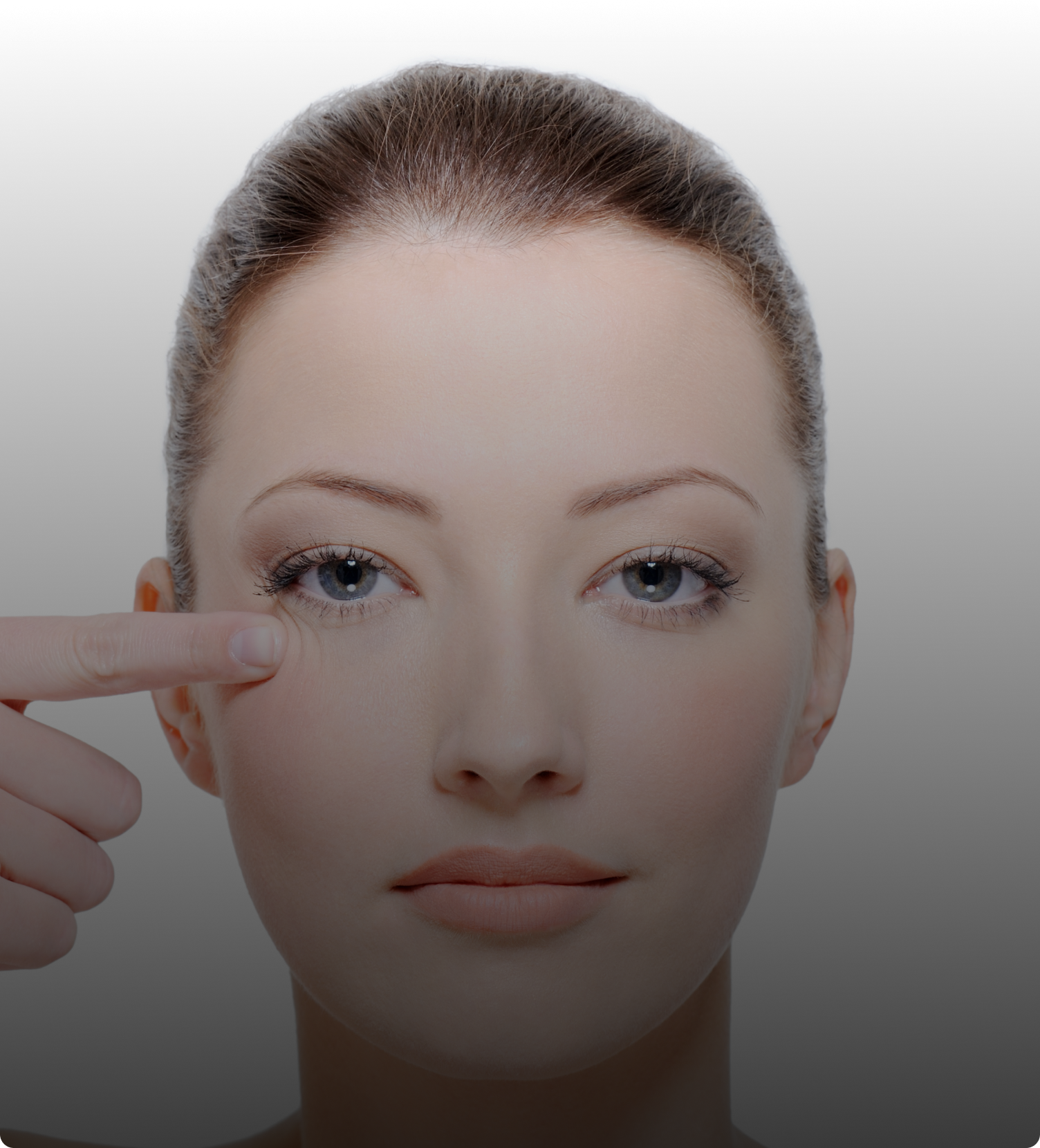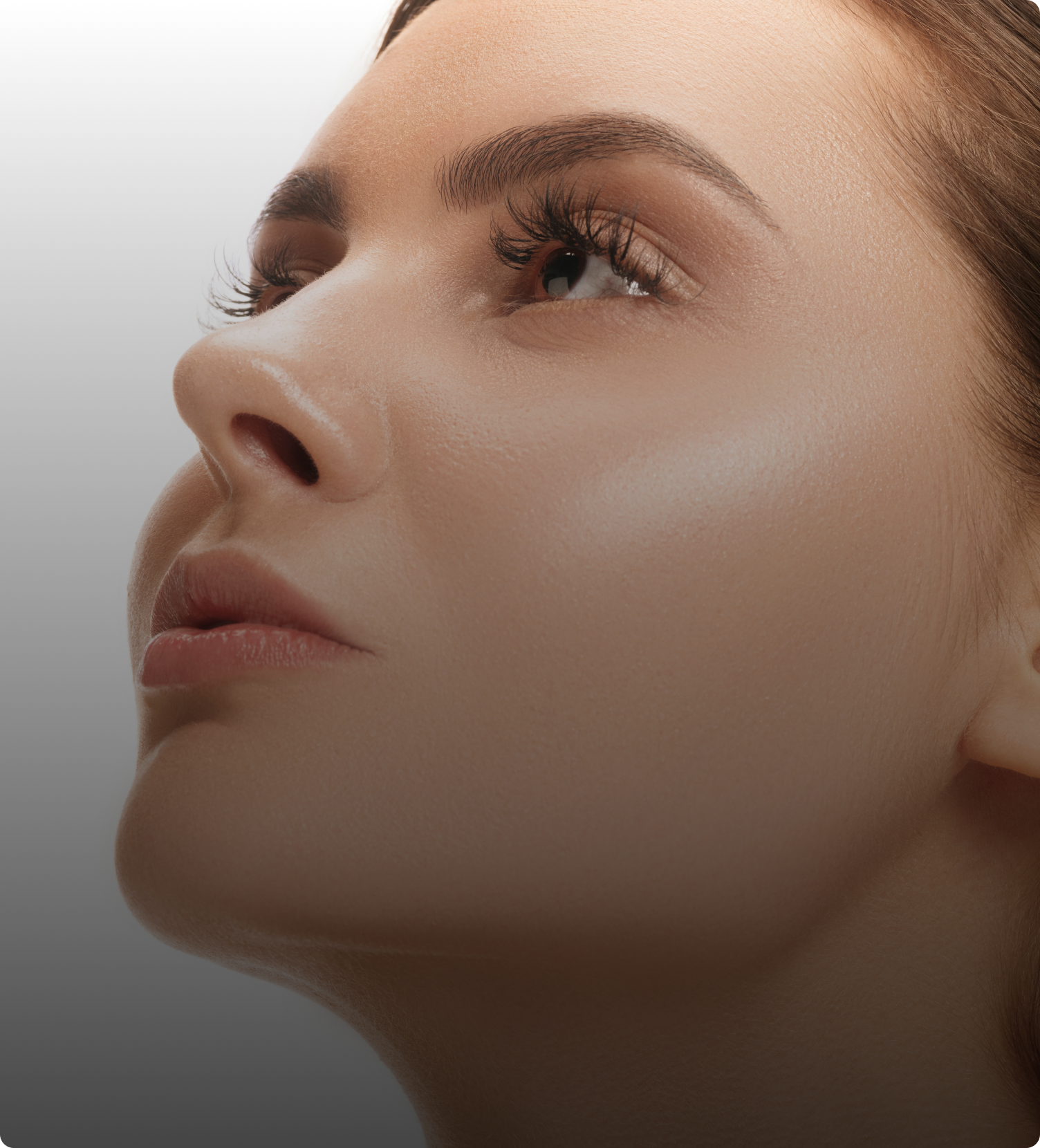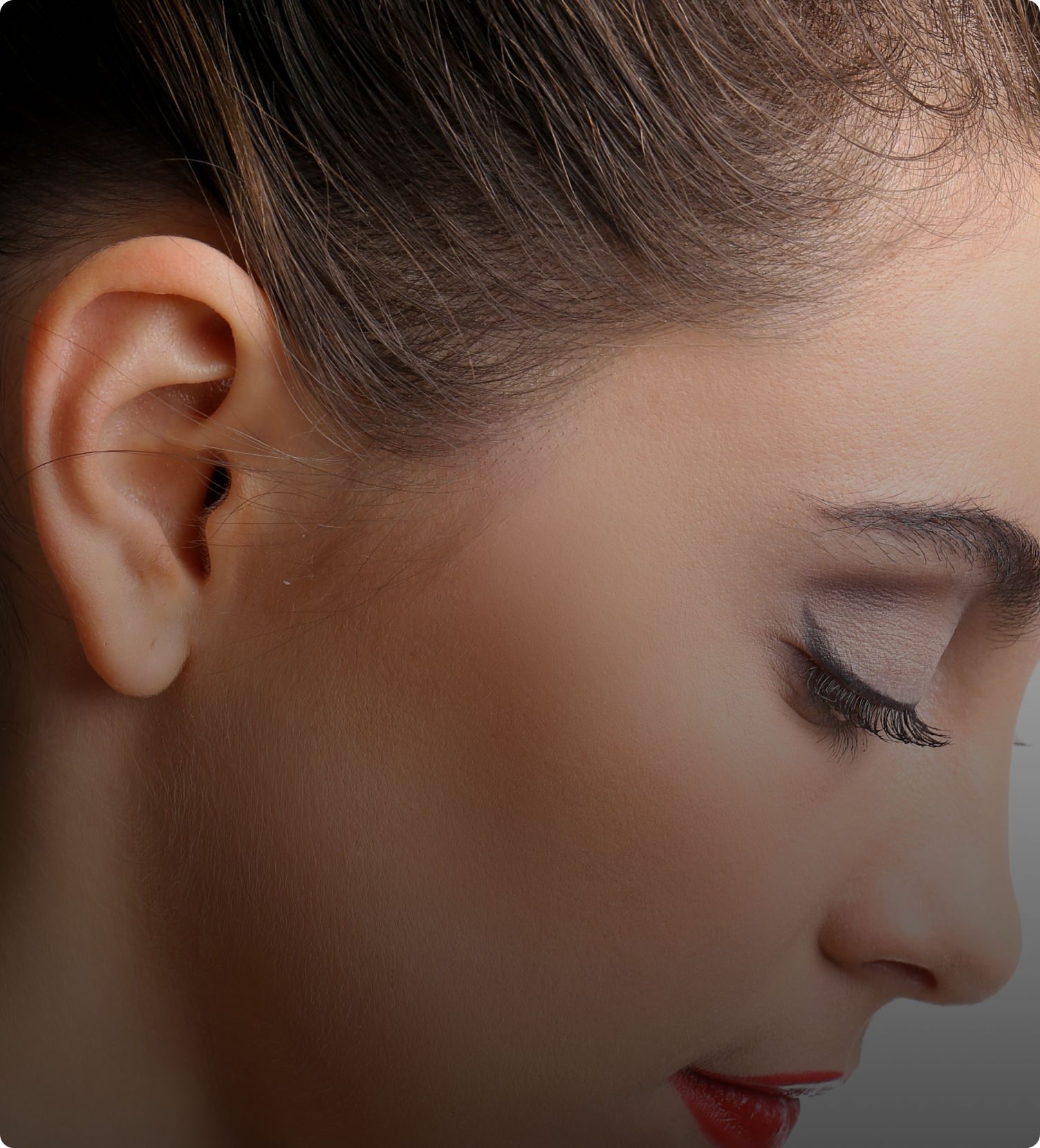
Face Lift (Combat Aging)

We all have a desire to halt the process of aging and the effects it can have on our bodies. One of the first areas to show signs of aging is in the face. As we age, the collagen production in the skin slows, which causes the skin to lose its elasticity and plumpness. This causes the skin to sag around the neck, cheeks, and jaw. A facelift is one of the ways to correct this.
face lift details
What is Face Lift?
A Face Lift, also known as Rhytidectomy, is a procedure used to counteract the effects of aging by tightening the tissue beneath the skin of the cheek, jaw, and neck. Sometimes a upper lip lift also needed. If you have sagging eyebrows & wrinkles of the forehead then you should perhaps consider a brow lift. A Rhytidectomy may be performed alone or in combination with a forehead/eyelid lift (Blepharoplasty) or nose surgery (Rhinoplasty), Liposuction, Abdominoplasty & Breast Lift.
Who is the ideal candidate for Face Lift in Malaysia?
The ideal candidate is one whose face and neck have begun to sag, but whose skin still has some elasticity and whose bone structure is strong & well defined. Those with loose skin with fine wrinkles, freckles & rough areas will also benefit from this surgery. This procedure is mostly done by patients who are in their 40’s to 60’s and also people who are in their 70’s or 80’s.
How is the procedure done?
First, incisions are usually made above the hairline at the temples. These incision lines follow the natural crease, in front of the ear and extend into the hairline above and behind the ear. If the jawline is being done, an incision will be made under the chin as well. Beneath the skin is a layer of muscle (platysma) & fibrous attachments. This is pulled up and back to tighten the face. The tensioned tissue is secured to the bone behind and in front of the ear. The surgeon will then separate the skin from the underlying fat and muscle. Any surplus skin is removed and then pulled back and stitched to its new position. The incision is then closed using sutures so that it is lifted upwards and backward. The face is then bandaged to minimize any swelling and bruising. This procedure is mostly carried out under general/local anesthesia & the patient would be advised to spend a night in the hospital. The procedure can take between 2 to 3 hours.
What can you expect after Face Lift?
After the surgery, there will be some bruising and swelling and this tends to descend into the neck. However, a facelift dressing is applied to put pressure on the incision line & surgical area to limit the swelling & bruising effect. Discomfort is mild and can be controlled with Paracetamol. It is also normal to have some numbness of the skin of cheeks and ears. These signs will usually disappear in about a few weeks or months. Full recovery can take between 2 to 4 weeks, and you will need time off work, as well as minimizing some physical activity. It can take from 6 to 9 months for the full effects of the procedure to be seen. For the first 2 days, you are advised not to drive and not to get your bandages wet. You will also need to avoid any strenuous activity, swimming, massages, or saunas for at least a 2 week period. For the first few days, you will need to sleep with your head propped up to help reduce swelling. Stitches are removed in about a week, and any redness, scars, or bruising should have faded after a few weeks.
What is the significance of the procedure?
The patient will look younger with a more vital and cheerful facial appearance which also tends to increase their morale and self-confidence. The skin will be tighter and firmer, wrinkles will have disappeared, as well as the effects of sun exposure. Facelift results can also last up to 10 years.
Frequently Asked Questions
How long before I look normal?
Will facial massages help?
What is the best age for a Face Lift?
Is Face Lift surgery safe?
Related topics

Eyelid Reduction
Refresh your appearance with advanced eyelid surgery techniques

Rhinoplasty
Enhance nose appearance with precision surgical techniques

Thread Lift
Non-surgical facial rejuvenation with advanced thread technology

Otoplasty
Reshape and reposition ears for improved facial harmony